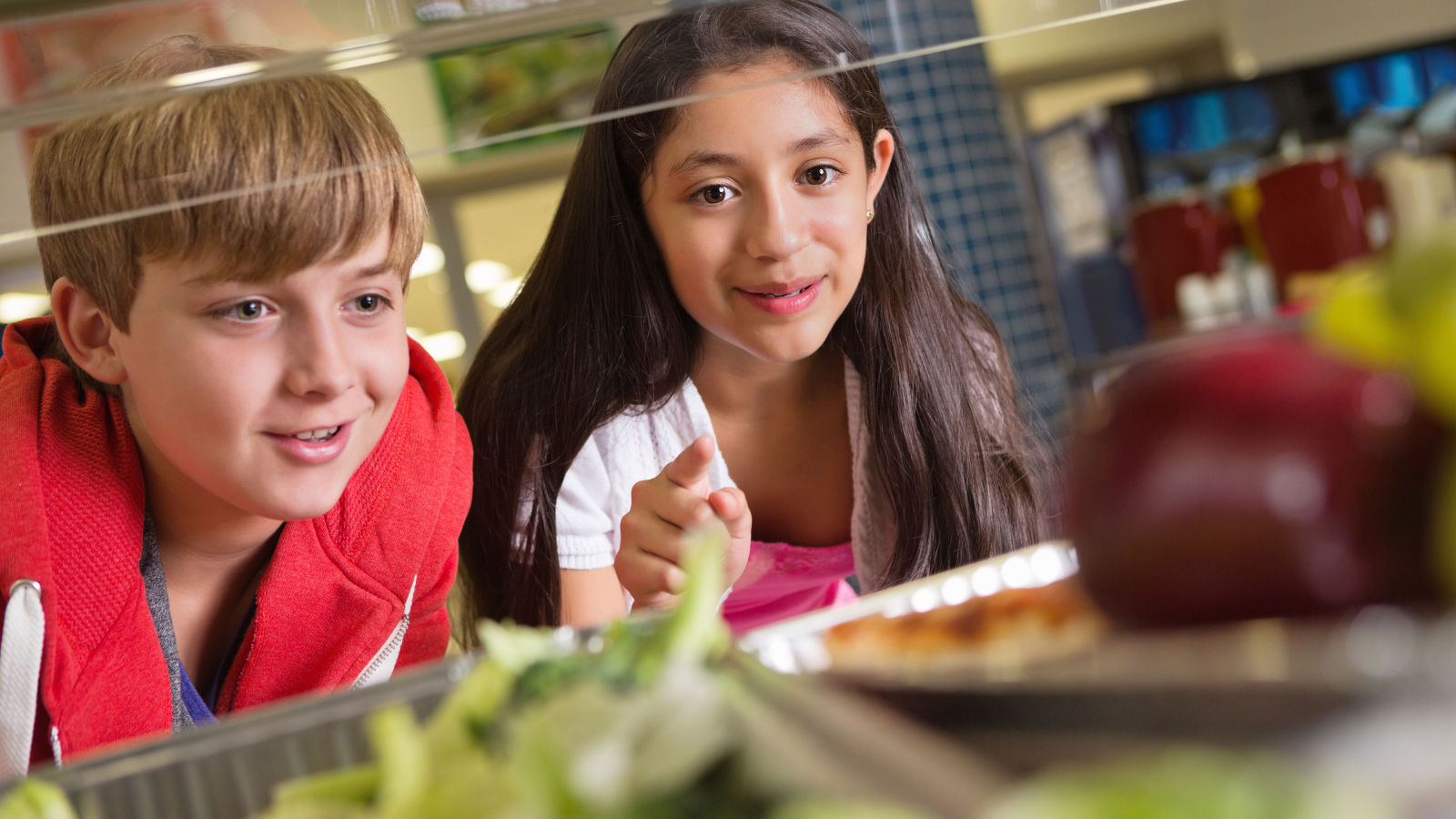
Navigating Nutrition: A Comprehensive Guide to K-12 School Serving Lines
For school nutrition directors to cultivate healthy eating habits with K-12 students and maximize the effectiveness of lunch service, it’s vital to implement an efficient service line program. K-12 foodservice teams that prioritize the design and operation of meal service lines improve the well-being of students and their ability to stay focused in class, along with increasing profits for the school. After all, one of the biggest roadblocks to student participation in school lunch programs is slow service, which results in reduced time to eat.
K-12 schools use serving lines to run a more efficient cafeteria and ensure a seamless dining experience for staff and students. However, school foodservice operators have particular challenges depending on each facility’s needs. Let's look at how school serving lines support nutrition goals and enhance the effectiveness of school lunch programs.
The Nexus of Nutrition and Learning
Breakfast and lunch service lines are the gateway to positive energy and good health for many K-12 students. That’s why every school service line should offer balanced meals and a variety of food groups, such as fruits, vegetables, lean proteins, whole grains, and dairy products. These essential foods are necessary for students to get the vital vitamins and minerals needed for growth and cognitive development. Effective serving lines also offer portion-controlled servings, which help prevent overeating, encourage students to maintain healthy weights, and reduce the risk of childhood obesity.
School lunch programs quickly become more efficient when implementing service lines that offer diverse food options and expose students to various flavors and textures. Food diversity encourages students to explore new flavors and develop tastes for healthier choices, which can lead to lifelong healthy eating habits. A successful serving line adheres to set schedules, ensuring students can seamlessly access daily meals without impacting the classroom. Consistent meal times also help stabilize blood sugar levels and provide a steady energy source, enhancing K-12 students’ focus and concentration.
Furthermore, School Nutrition Directors know the advantages of shifting from 100 percent pre-packaged meals to a mix that includes freshly prepared options. With advancements in commercial cooking technology and federal government grants, K-12 schools in the National School Lunch Program (NSLP) continue to exceed the expectations of the student body and parents. Service lines offering fresh lunches help students get the nutrition needed to boost energy levels, improving focus throughout the day of learning. Including freshly prepared lunches on a school menu is a win-win for student health and academia.
Streamlining Traffic Flow and Student Experience - The Crucial Role of School Serving Lines in Educational Settings
A well-designed food serving line facilitates the efficient distribution of K-12 school lunches. It enhances the overall student experience while minimizing wait times. Implementing an organized queuing system is crucial to managing the flow of students through the serving line. This includes marked lines, ropes, or stanchions that guide students through the lunch line, preventing congestion and ensuring students move along smoothly.
The arrangement of food stations is also helpful in reducing the time students stand in line. Strategically placed food stations maximize food choices and evenly distribute service line traffic. Common stations include salad bars, hot entrees, deli, and beverage stations. To maintain a steady flow of food, consider the logical order in which students assemble their meals. For example, start with items like salads and fruits at the beginning of a service line, followed by hot entrees, sides, beverages, and desserts. This sequential arrangement reduces the need for students to backtrack and slow down service processes.
Well-designed and prominently displayed signage is essential for guiding students and staff through the lunch line. Signs should be clearly visible and indicate the food options at each station, including any particular dietary information like vegetarian or gluten-free. Nutritional data such as calorie counts and allergen warnings must be visible. Color-coded signage can also make it easier for students to identify favorite stations and make quicker food choices.
A Close Look at Leading School Serving Line Brands
One of the most critical decisions is to partner with a serving line brand that meets a K-12 school’s unique spatial and safety requirements. School foodservice operators must find serving line solutions that best fit their facility needs, cafeteria footprint, and school budget. To help save time and money, consider the importance of selecting the right equipment and solutions for school serving lines, and how Heartland Reps is tailored to accommodate K-12 school foodservice needs.
Learn if your school's serving line is an A+ with our assessment:
Subscribe Here!
Topics
- Anets (1)
- Atlas Metal (2)
- Automation (4)
- Bar/Brewery (6)
- Beverage (11)
- Blodgett (5)
- Bluezone (5)
- C-Stores (4)
- Carter-Hoffmann (4)
- Champion (1)
- Colleges & Universities (4)
- Concordia (6)
- cooktek (2)
- Deutsche (1)
- DeVere (6)
- Dishwashing (1)
- Evo (3)
- Firex (2)
- Follett (5)
- Furniture (1)
- Globe (2)
- Grosfillex (2)
- Healthcare (1)
- Heartland Reps (7)
- Hospitality (3)
- Ice (2)
- Icetro America (3)
- Imperial (1)
- induction (1)
- IoT (1)
- K12 Foodservice (17)
- Kloppenberg (1)
- Lakeside (3)
- Lincat (1)
- LTI (1)
- MagiKitch’n (1)
- Marco (3)
- MEIKO (1)
- middleby marshall (7)
- Mixers (1)
- Multiteria (1)
- Perfect Fry (1)
- Pitco (3)
- Pizza (5)
- Recipes (1)
- Restaurant (23)
- Serving Lines (2)
- Southbend (3)
- Star (1)
- Synesso (1)
- Thermo-Kool (3)
- Trends (1)
- TurboChef (6)
- U-Line Refrigeration (1)
- Varimixer (1)
- Ventless (3)
- Viking (1)
- warming (1)
- Wells (2)
- Wunder-Bar (1)

